Zeeland and the Golden Age
The impressive VOC ships waiting at the quayside of Rammekens for favourable winds to set sail may very well be the first image that comes to mind when we think of Zeeland in the Golden Age. Yet those trade ships are only one part of the story. The large polders of newly reclaimed land and the large farms with the traditional ‘Zeeuwse schuren’ (Zeeland barns) that arose there also attest to Zeeland’s Golden Age.
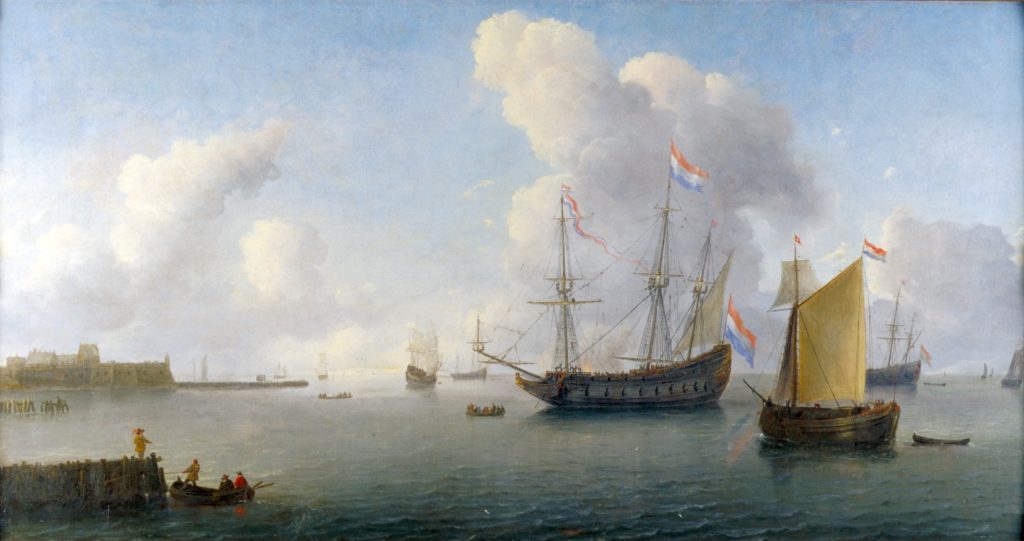
View of the quayside at Rammekens. Painting by Willem Hermansz. van Diest, 1657 (Maritime Museum Rotterdam).
Trade
Until the end of the 16th century, the Zeeland port towns stood in the shadow of the Brabant and Flemish towns, especially Antwerp. But when Scheldestad fell to the Spanish in 1585 and ties with the north were severed, the towns of Zeeland immediately attracted more trade. When Antwerp started to grow again in the seventeenth century, the people of Zeeland also profited. They levied taxes on the maritime traffic that sailed via the Western Scheldt to Scheldestad, and made it compulsory for cargo bound for Antwerp to be transhipped onto smaller ships.
Enterprising folk also looked further than the Scheldt. They took an interest in Asian trade, especially pepper, which was initially under Portuguese control, but that the Dutch started outfitting their own expeditions for at the end of the sixteenth century. Zeelanders also joined in what was known as the ‘voorcompagnieën’ (preceding companies), combinations of companies that in most cases equipped and managed a single expedition. These companies were the forerunners of the Dutch East India Company (Verenigde Oostindische Compagnie or VOC), which was founded in 1602 and had a monopoly on Dutch trade and shipping to and from Asia. This mainly concerned trade in spices, woollen cloth and porcelain. After Amsterdam, Kamer Zeeland was the most important chamber of the VOC.
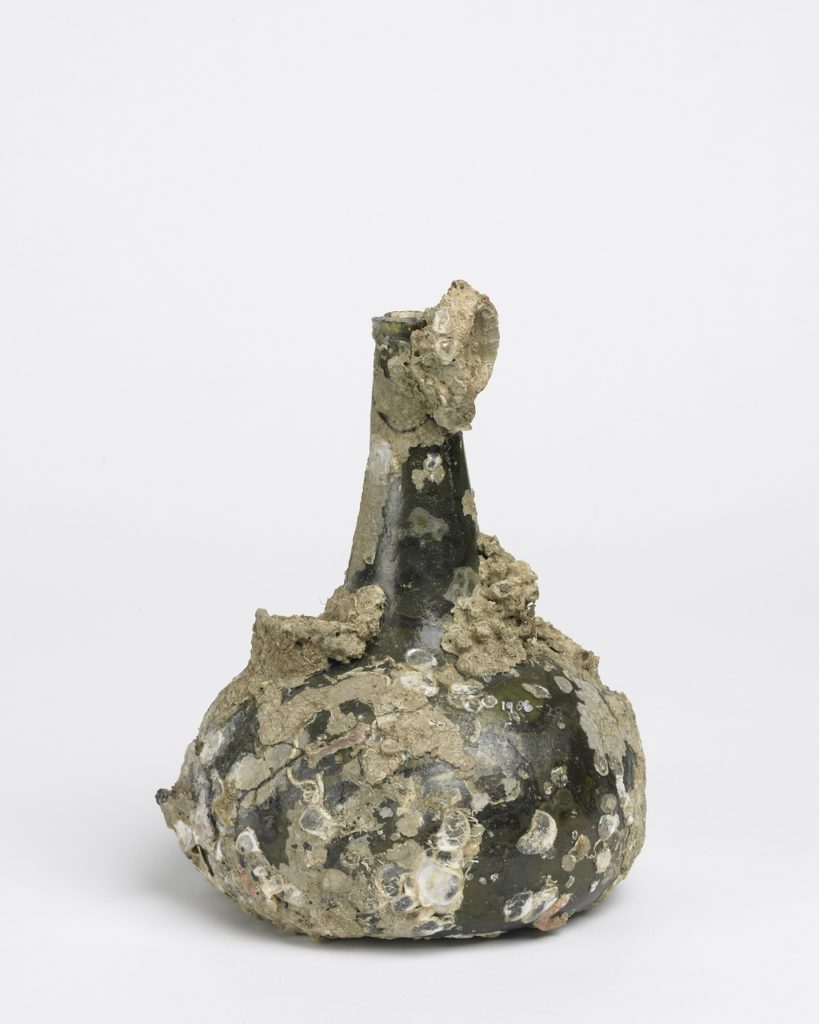
Wine bottle from the wreck of the VOC ship Geldermalsen, which sank in the South China Sea in 1752. The spiegelretourschip (‘mirror return ship’) had been built in 1746 for Kamer Zeeland at the VOC shipyard in Middelburg. The bottle is on display in the Zeeuws Museum (Zeeuws Museum, photo Ivo Wennekes).
The West India Company (WIC), founded in 1621, had the state monopoly on trade and shipping to West Africa, the east coast of America and the Caribbean islands. The WIC was involved in the triangular trade between these areas. The slave trade formed a part of this The Middelburgse Commercie Compagnie also played a major role in the slave trade in the eighteenth century.
The flourishing international trade led to the creation of many indirect jobs in the artisanal sector in the towns and cities of Zeeland, for example in shipyards, cooperage houses, rope-makers and sail-makers.
Agriculture in fertile polders
Agriculture was the second pillar of Zeeland’s Golden Age. Zeeland had an agricultural sector with a commercial and, for that time, modern character. Zeeland’s wheat was a profitable export crop. This was a reason for wealthy townspeople in particular to invest heavily in agriculture from the end of the sixteenth century onwards and to reclaim land that had been lost to storm surges or military inundations. Among other places, Noord-Beveland, Sint-Philipsland and parts of present-day Zeeuws-Vlaanderen were dammed up (again).
Investing in building dikes was not without risk. Nevertheless, wealthy townspeople in Zeeland pumped substantial amounts of money into new land, with the intention of selling or leasing the fertile land after reclamation. The farmers themselves also made investments, notably in the construction of new farms suitable for commercial arable farming in the new polders. In addition to a basic brick house, these farms had a large wooden barn, which also housed the stables for the horses and cattle.
At first, wheat was grown on these farms, but when grain cultivation became less profitable after 1660, investors and farmers switched to the more lucrative cultivation of dyer’s madder.
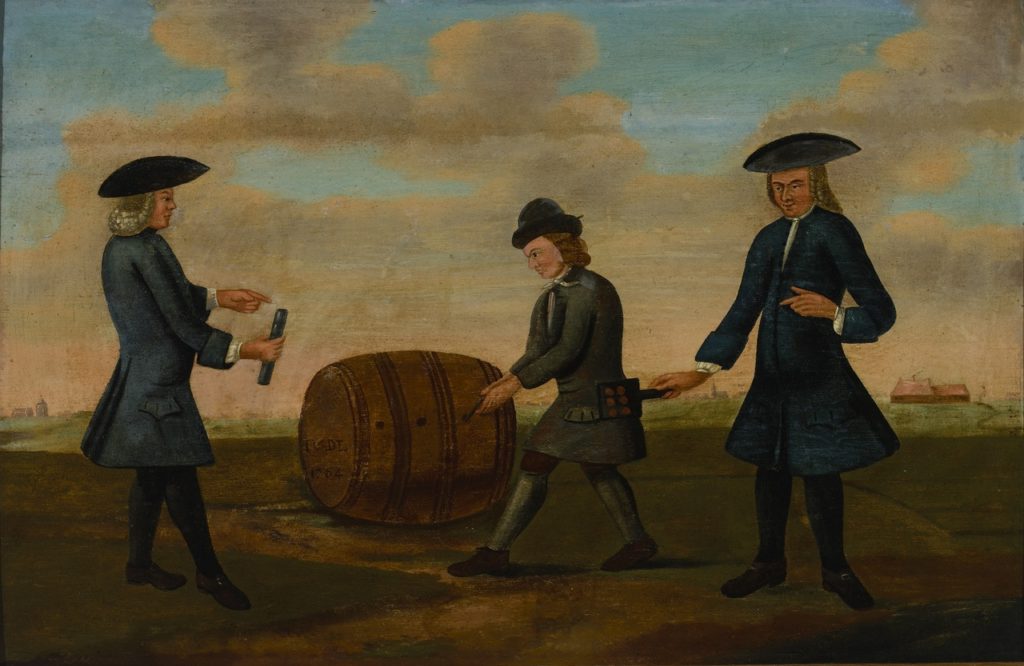
The judging of dyer’s madder. Painting by an anonymous artist, 1764 (Zeeuws Museum, KZGW collection).
A stable economy
The Golden Age of Zeeland lasted longer than is often assumed. Its end was ushered in by the economic decline of the old trading towns from the middle of the eighteenth century onwards. We ought not to think of this Golden Age as a period of uninterrupted economic growth but rather as a period of stable prosperity. And that was an achievement in itself considering the long period of time it lasted. The key to success lay in the inventive and practical approach of Zeeland’s entrepreneurs. When merchant shipping ground to a halt in times of war, they turned to smuggling and privateering. Prosperity was sustained by tapping into a constantly changing range of new sources.
The world became bigger
Over the course of the extended Golden Age, the region’s horizon broadened. Not only due to the influx of immigrants, but also thanks to the many travelers, skippers and merchants who visited the region and brought new ideas, concepts and skills with them. Merchant ships brought information and items from distant worlds and they discovered new sea routes and new worlds.
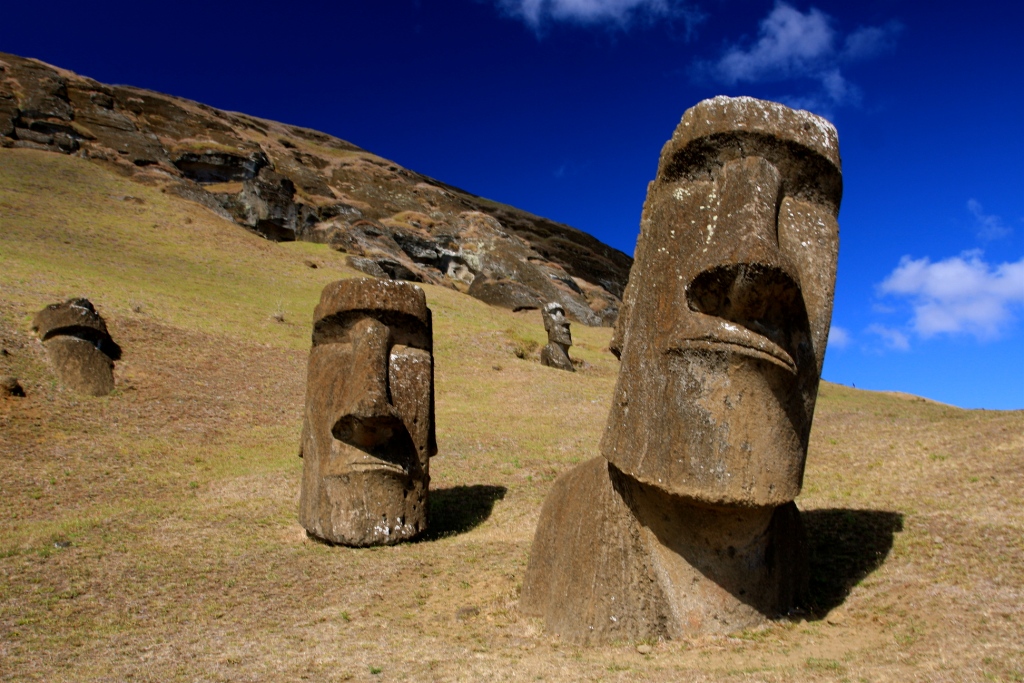
Jacob Roggeveen from Middelburg discovered Easter Island in 1722. While exploring the island, he came across the large stone Moai statues.
The world view also shifted under the influence of modern scientific theories, whereby nature became an independent source of knowledge. For instance, Philippus Lansbergen, who lived in Goes and later in Middelburg, was one of the first to make a systematic observation of the sun.
The influx of intellect, ideas, artisanal skills and artistic talent was an important stimulus for a flourishing cultural life in Zeeland. Middelburg was a leading centre of art and culture in the first quarter of the seventeenth century. The town was an important market for fijnschilders (fine detail painters), silversmiths, stonemasons and other craftspeople.
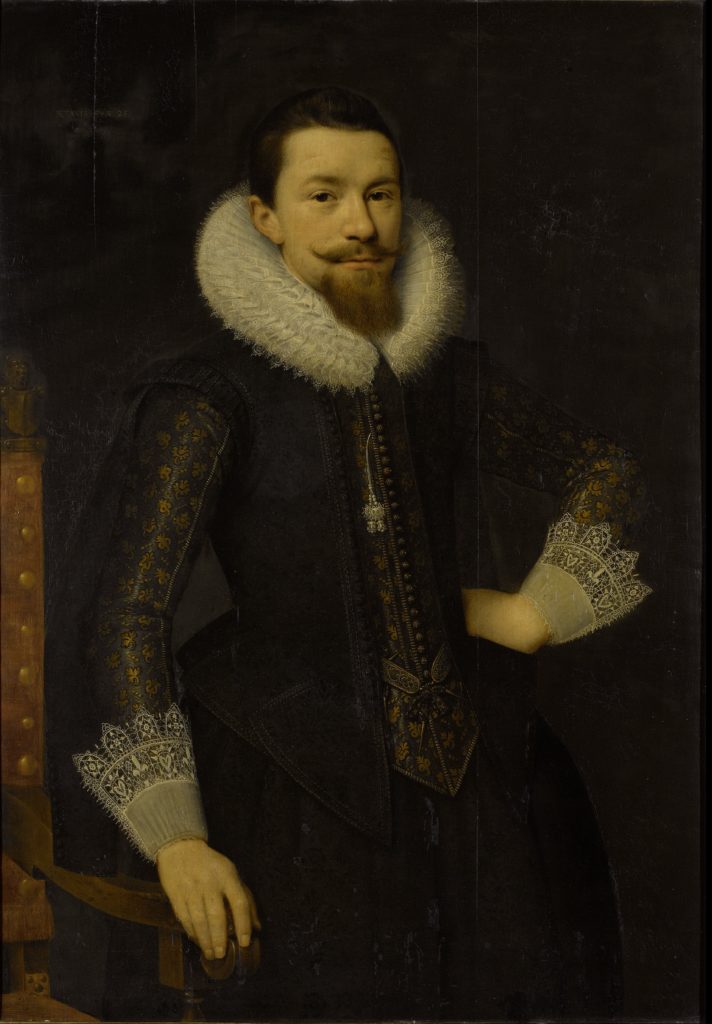
Pieter Boudaen Courten (1591-1668), governing of the VOC Kamer Zeeland. Painting attributed to the Middelburg painter Salomon Mesdach, 1619 (Rijksmuseum Amsterdam).
The emergence of an urban elite
During the Golden Age, an upper class of wealthy merchants emerged in the towns and cities, who seized power in the municipal and regional administrative bodies. This group of people lived in beautiful houses, spent the summers at country estates with sprawling gardens and surrounded themselves with luxury and expensive goods.
This success had a flip side. The lives of those who did not belong to the happy few were very different, although pauperism was certainly not the number one public health problem. Thanks to the economic prosperity, there was plenty of work, also for those who did not have a steady trade or any possessions, and who, without employment, were dependent on begging.
